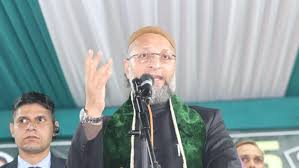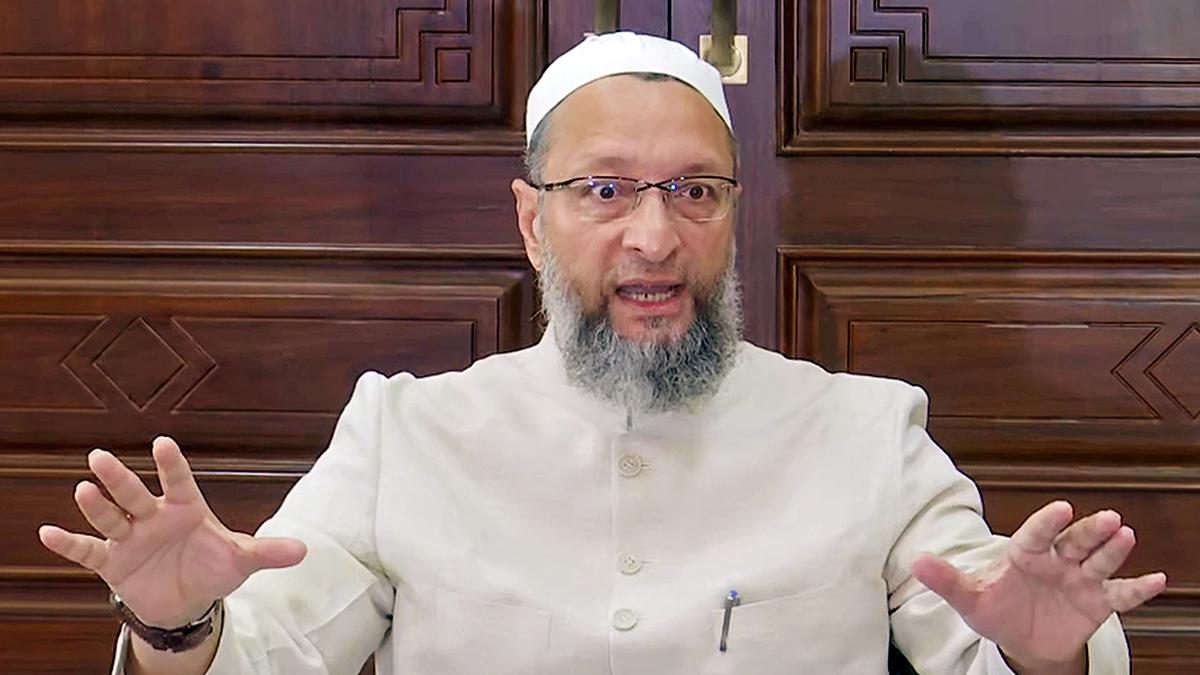India wouldn't generally like to get into talks with Pakistan, it's looking past, to connect with the region as a whole
Sat 08 Jun 2019, 17:00:02
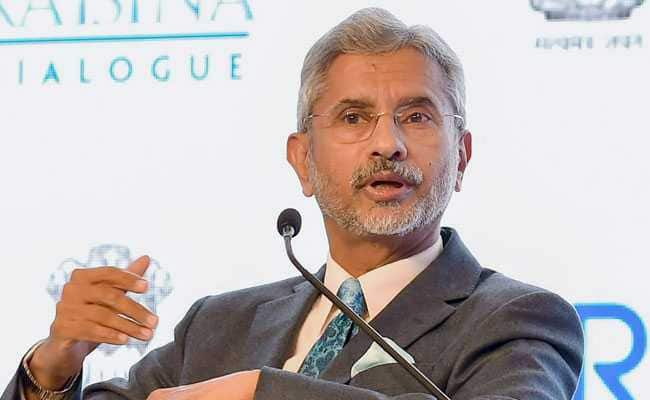
It isn’t known what it would take for Indian media to end its Pakistan fixation. Now that Prime Minister Narendra Modi is headed for Bishkek in Kyrgyzstan for the Shanghai Cooperation Organisation (SCO) Summit on 13 and 14 June — an annual event of a China-dominated grouping that also includes Pakistan — speculation was rife in Indian media that an informal bilateral talks between Modi and his Pakistan counterpart Imran Khan could be on cards. If not a bilateral, at least a ‘pull-aside’ chit-chat on the sidelines, gushed an excitable media.
The premise of the hypothesis was an individual visit to India by Pakistan's outside secretary Sohail Mahmood during Eid. Mahmood, the previous Pakistani high chief to India who served till mid-April, visited New Delhi apparently to invest energy with relatives who are yet to withdraw. This was taken as a sign that the two countries are preparing to break the ice post Pulwama slaughter and the Balakot air strikes.
It took Raveesh Kumar, representative of the service of outside issues (MEA), to explain that the different sides are not arranging any respective gathering, formal or casual. Kumar focused on that Pakistan remote secretary Mahmood's visit was close to home in nature and "no gathering being arranged with authorities here."
The general concept of a gathering among India and Pakistan at this crossroads is crazy. Pakistan is under grave monetary and political coercion and it is urgent for the exchange procedure to begin to acquire a type of approval for its international strategy. The new NDA government driven by Modi, which in its past emphasis buckled down in the background to increase Pakistan's discretionary disconnection, would be in no rush to kick-begin the exchange procedure and permit Islamabad a redirection and a breather.
Since the Balakot strikes and its aftermath, Pakistan’s all-powerful military, which controls the delinquent nation’s foreign and national security policies, has done nothing to show its intent in controlling the terror tools at its disposal or desist from nurturing the Islamo-fascist terrorist proxies that are used to launch a perpetual asymmetric war against India.
There are question marks on whether it is within its control to do so even if it wanted to. Following the listing of Jaish-e-Muhammad chief Masood Azhar as a “global terrorist” by the UNSC 1267 Sanctions Committee — a move made possible only when Pakistan’s iron brother China relented at the UN — India has got Pakistan right where it wanted: as a pariah nation kept outside the global comity of nations.
The clamour for “talks” with Pakistan each time Modi visits a multilateral forum that also includes Pakistan from a section of Indian media and liberal chatterati, therefore, is not only unfortunate but also misses the larger point.
India wishes no longer to be restricted within the South Asian identity and remain clubbed with Pakistan in a never-ending game of one-upmanship. It seeks instead to carve for itself a larger identity flowing from its ‘neighbourhood first’ doctrine where its ‘South Asian’ identity is subsumed within India’s civilisational past as the fulcrum of Indian subcontinent. It includes, inevitably, the immediate maritime commons.
The ‘neighbourhood first’ policy, that found great salience in Modi’s maiden term as prime minister, may find an even greater expression in his second term as India, under him, seeks to redefine the term “neighbourhood”, as National University of Singapore director C Raja Mohan wrote in Indian Express.
“Nothing has
diminished India’s geopolitical thinking than the idea of South Asia. The shrinking of India’s regional vision was also reinforced by India’s inward economic orientation and the sundering of historic commercial ties with the maritime neighbours. Maps of the neighbourhood… barely showed countries like Myanmar, Thailand, or Indonesia with whom India shared land and/or maritime boundaries. The unfortunate conflation of “neighbourhood” with “South Asia” and SAARC was complete.”
diminished India’s geopolitical thinking than the idea of South Asia. The shrinking of India’s regional vision was also reinforced by India’s inward economic orientation and the sundering of historic commercial ties with the maritime neighbours. Maps of the neighbourhood… barely showed countries like Myanmar, Thailand, or Indonesia with whom India shared land and/or maritime boundaries. The unfortunate conflation of “neighbourhood” with “South Asia” and SAARC was complete.”
The limitations and dysfunctional nature of SAARC, argues Raja Mohan, forced Modi to look beyond the grouping of South Asian landmass onto the maritime neighborhood that dotted the Indian Ocean. His effort to shore up Bay of Bengal Initiative for Multi-Sectoral Technical and Economic Cooperation(BIMSTEC) which groups together South and Southeast Asian nations, goes beyond SAARC to include Myanmar and Thailand along with India, Bangladesh, Nepal, Bhutan and Sri Lanka.
Modi’s focus on BIMSTEC should not be seen as a ploy to avoid Pakistan in realising its plans of regional connectivity and economic integration. It is simultaneously an inclusive idea that draws from the notion of a 5,000-year-old civilization that forms the pivot for the geographical entity and geopolitical idea of an Indian subcontinent.
This view found fuller expression recently in the maiden speech delivered by Foreign Minister S Jaishankar during a seminar in New Delhi where he emphasised on the need for greater connectivity in the Indian Ocean region through vehicles like BIMSTEC, not SAARC, because the latter has fallen prey to geopolitical wrangling.
“SAARC has certain problems and I think we all know what it is even if you were to put terrorism issue aside, there are connectivity and trade issues. If you look at why BIMSTEC leaders were invited for PM's swearing-in, because we see energy, mindset and possibility in it”, Jaishankar said during his maiden public speech as India’s external affairs minister while addressing a summit on Thursday.
Jaishankar left no space for uncertainty that local network will frame a major piece of the international strategy of NDA-II, maybe likewise in light of the fact that "a huge piece of India's economy has been externalized and there is a requirement for India's international strategy and the political apparatus to enable Indian organizations to increase better access to abroad markets."
It's significant that Jaishankar laid weight on India playing the advocate and not accentuate on "proportional exchange" that has turned into the calling card for another nationalistic drive putting weight on the possibility of globalization.
"It (neighborhood) will be top need in next 5 years... Essential obligation is on India since we are the biggest economy. Our development can serve our neighbors. We have to boost collaboration in the area. It can't be equal since we have more assets and a lot more noteworthy capacity. I would hope to see a liberal routine where we lead the pack, we have significant credit extensions, we have projects of give help for a considerable lot of our neighbors."
On a littler scale, Jaishankar was laying remarkable quality on regionalisation making an empowering environment for trade and availability to flourish with the goal that the Indian subcontinent can anticipate an incorporated future. Here, by ideals of the job that India is relied upon to play, its striking nature among countries that guarantee 'Indian Ocean character' may launch New Delhi past the confinements of a South Asian personality and every one of the devices that are related with it.
No Comments For This Post, Be first to write a Comment.
Most viewed from National
Most viewed from World
AIMIM News
Delhi Assembly polls: Owaisi leads Padyatra in Okhla
Feb 01, 2025
We reject this Waqf Amendment Bill: Asaduddin Owaisi
Jan 30, 2025
Latest Urdu News
Most Viewed
May 26, 2020
Which political party will win the Delhi Assembly polls to be held on Feb 5?
Latest Videos View All
Like Us
Home
About Us
Advertise With Us
All Polls
Epaper Archives
Privacy Policy
Contact Us
Download Etemaad App
© 2025 Etemaad Daily News, All Rights Reserved.

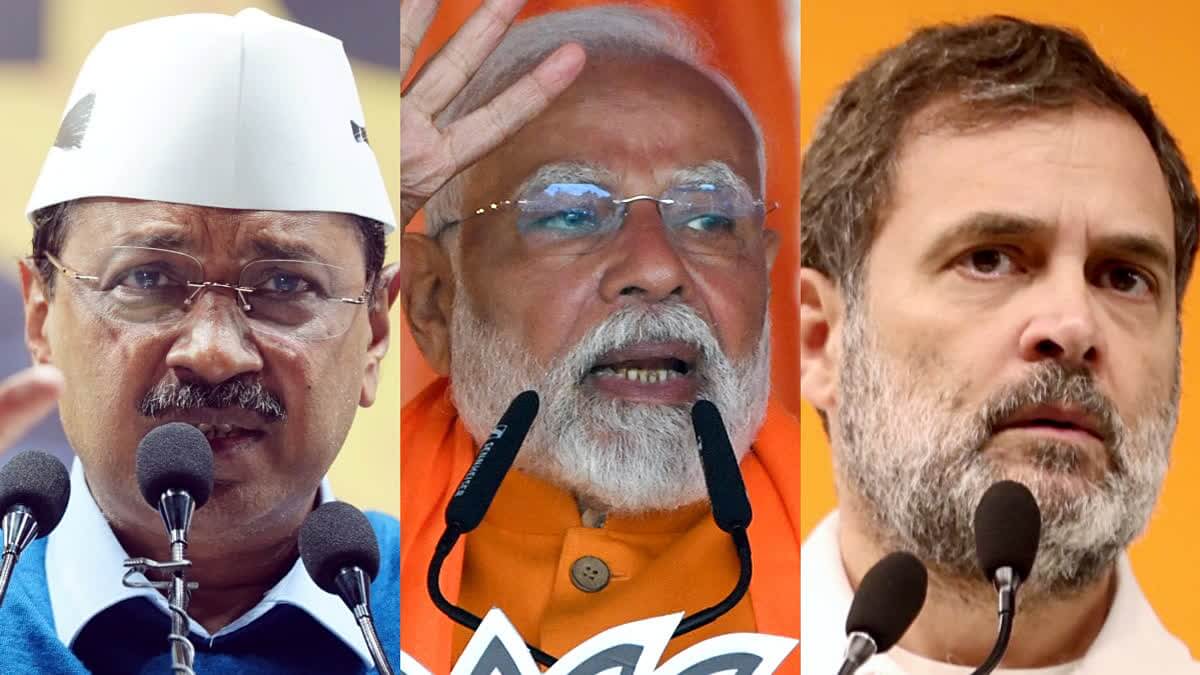

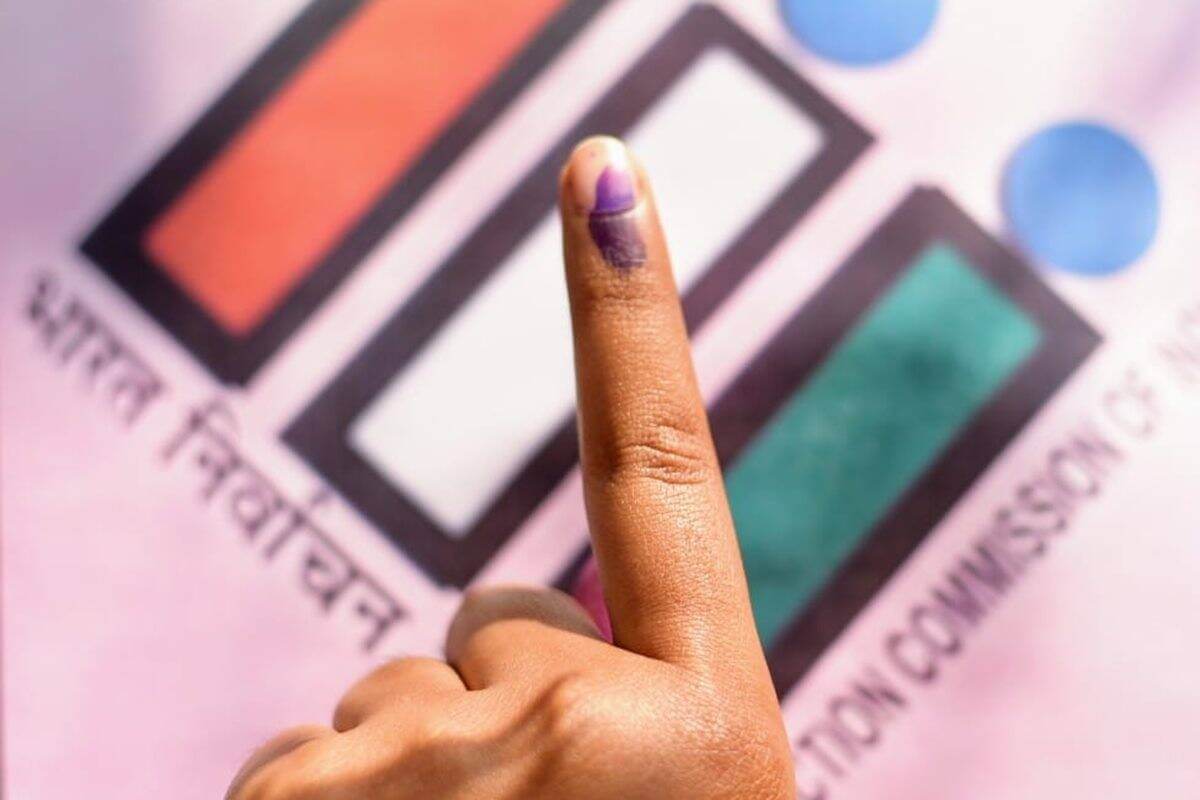
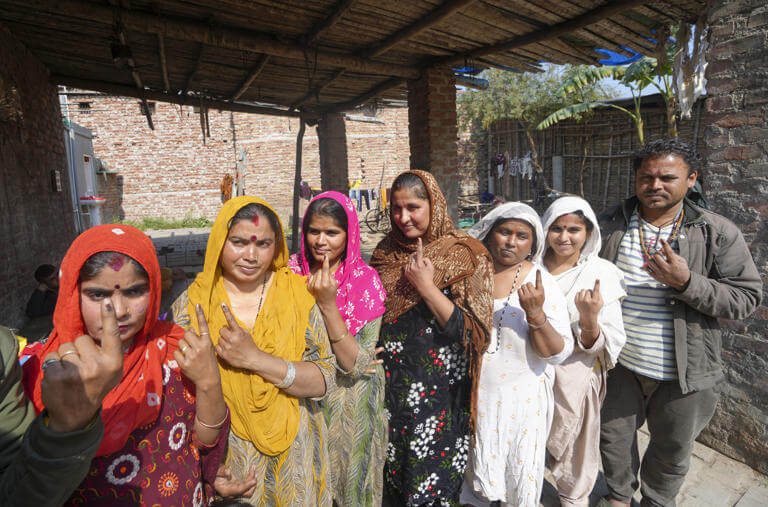

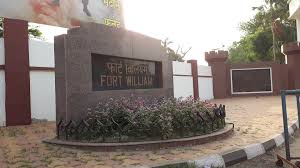
.jpg)
.jpg)
.jpg)
.jpg)
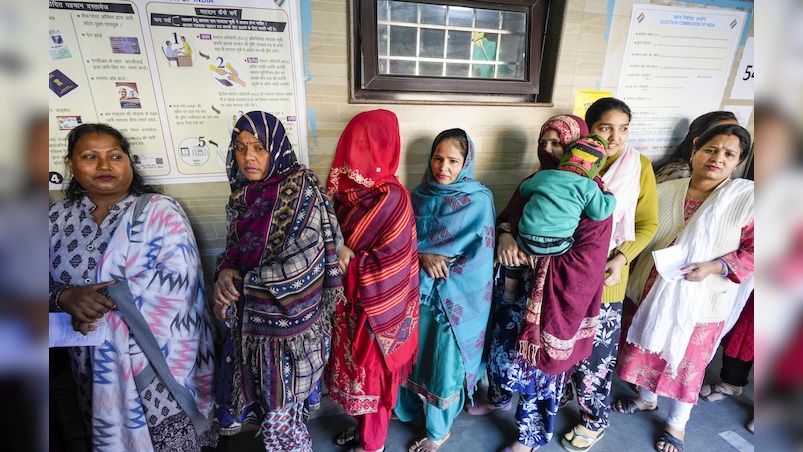
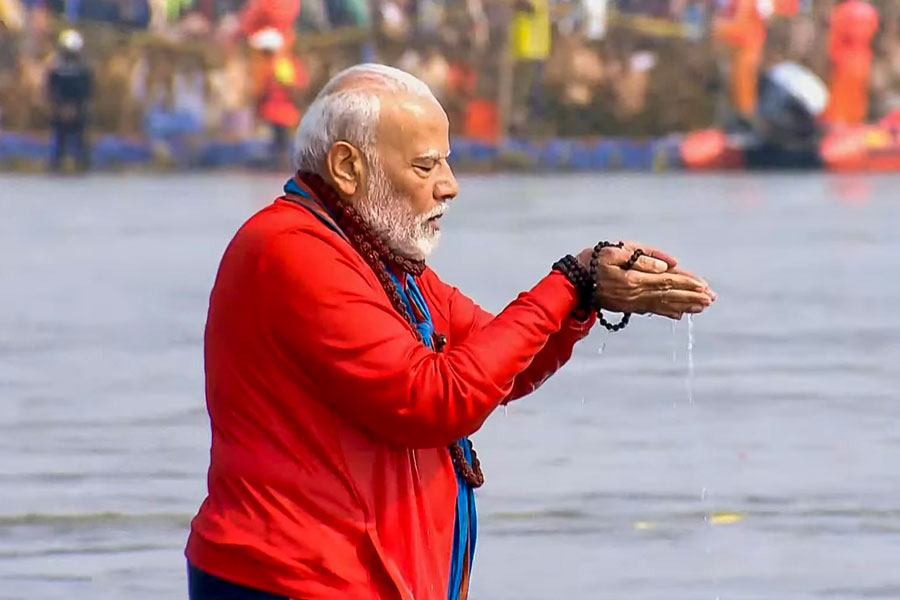
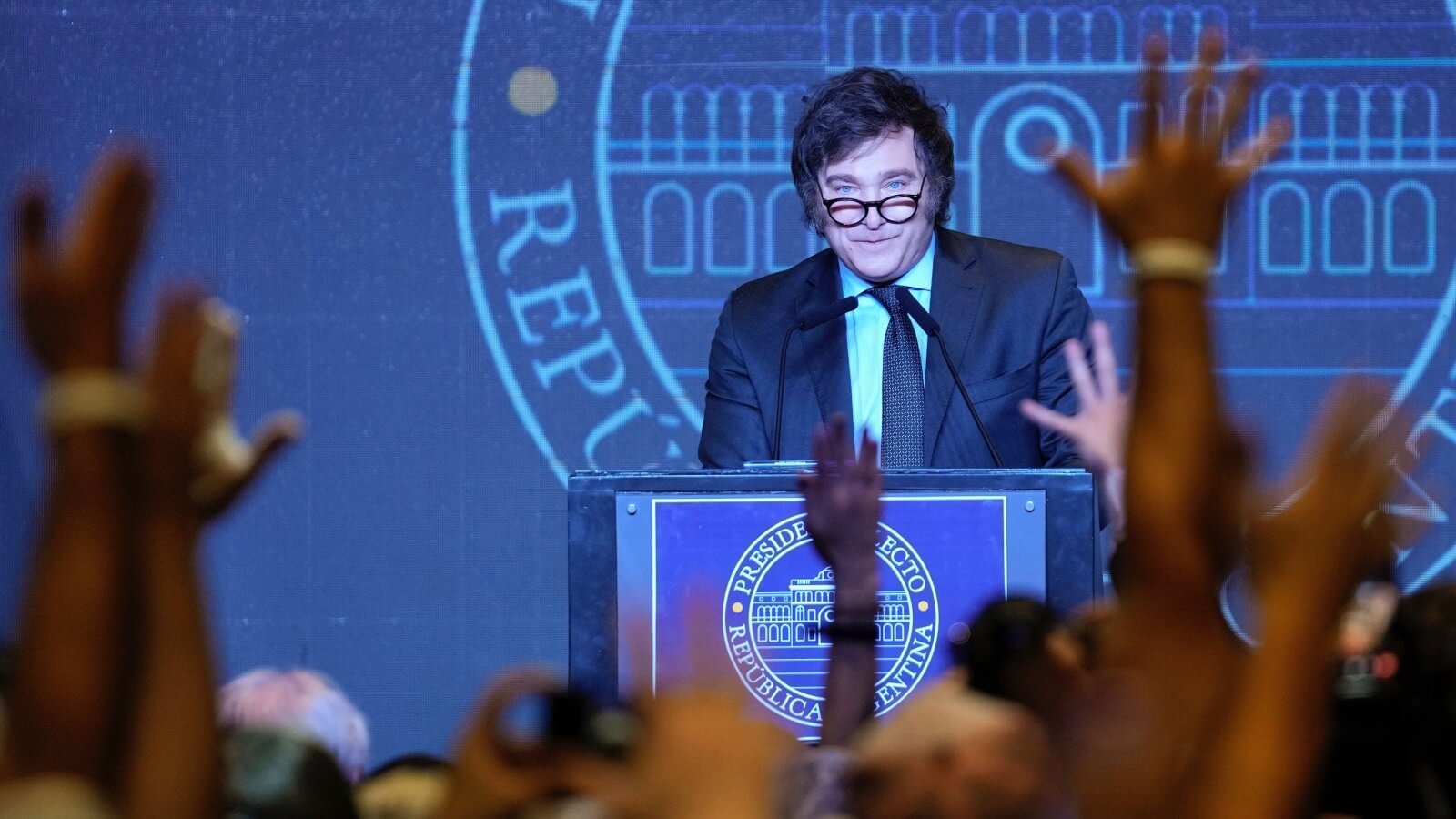
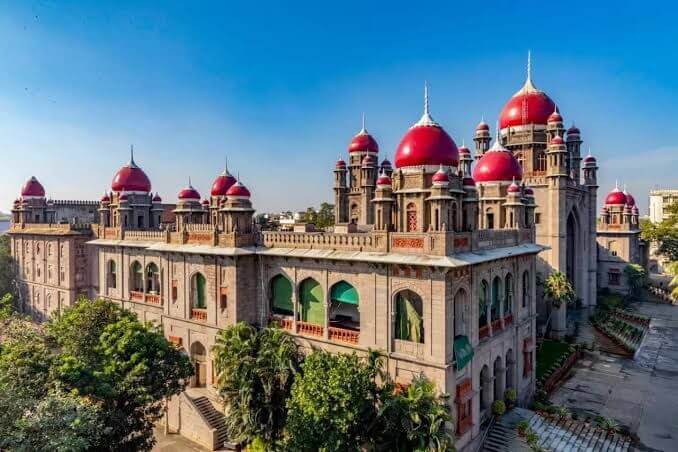
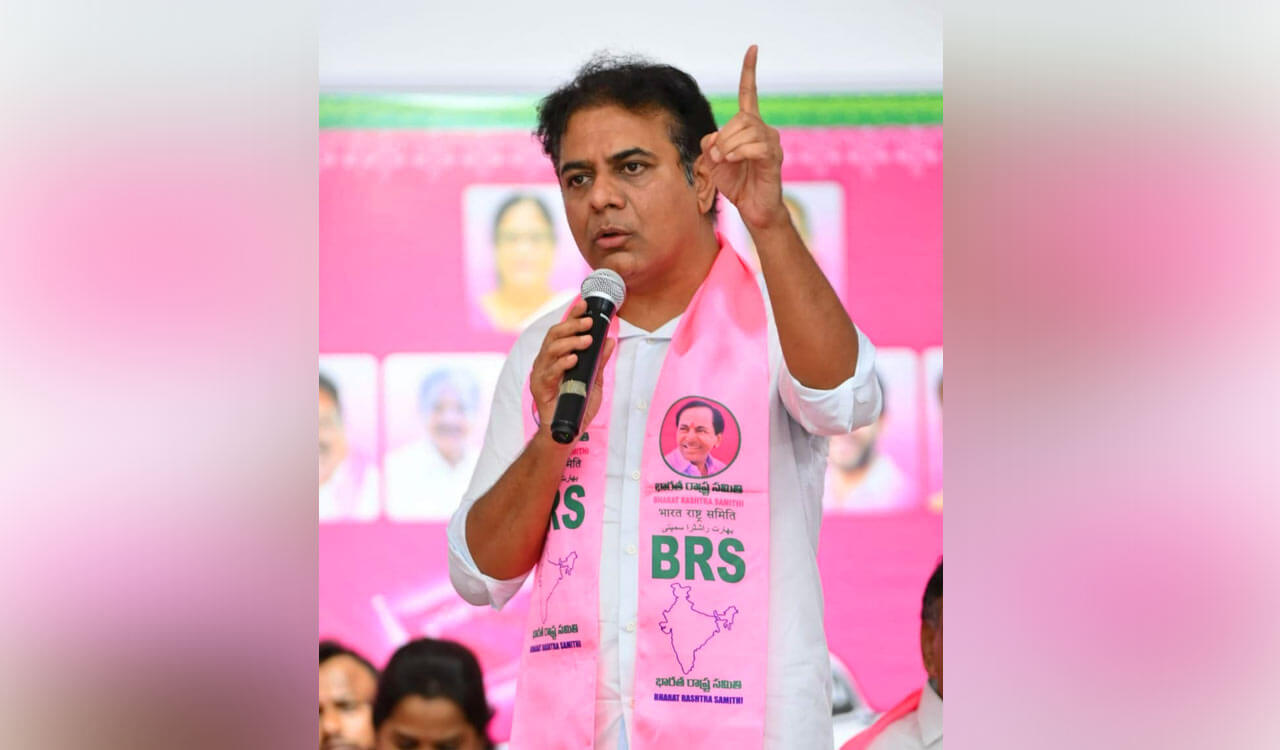
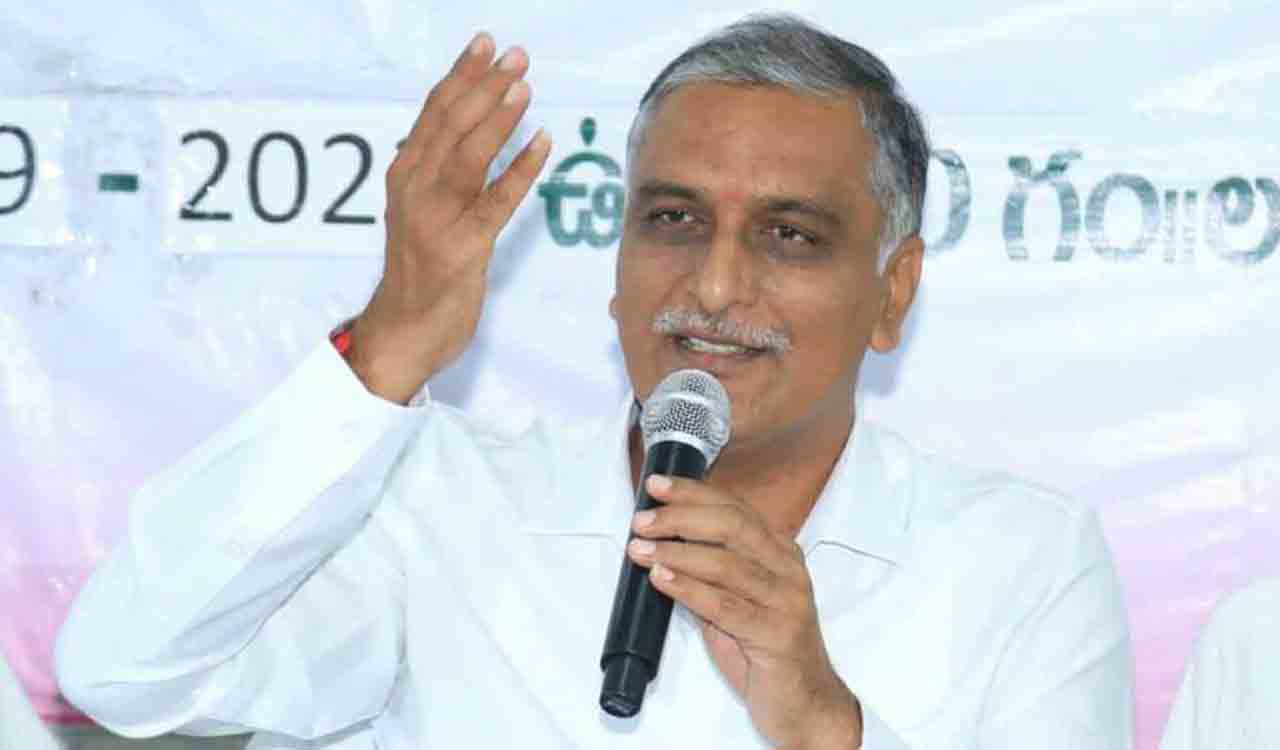
.jpg)
.jpg)
.jpg)
.jpg)
.jpg)
.jpg)
.jpg)










